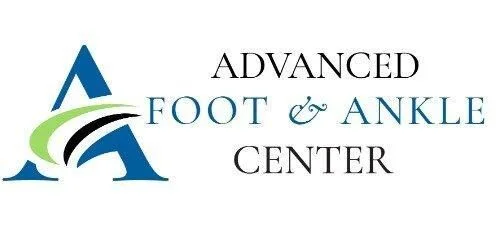Table of Contents
Hammer Toe Treatment in the Salt Lake City area of Utah
Hammer Toe Treatments, Symptoms, and Causes
Hammer toe (also sometimes called mallet toe) is a foot condition that leads to noticeable toe deformities because of a change or imbalances in the way the muscles and ligaments are holding onto the toe.
This condition is very similar to claw toe, with similar symptoms and treatments, though hammer toe predominantly affects a person’s second toe (although the third and fourth toes are also susceptible).
This can be a painful condition if it doesn’t receive proper treatment, so let’s take a closer look at what hammertoe is, how it occurs, and what you can do about it.
What Causes Hammer Toe?
While it is possible for certain diseases to increase the risk of hammer toe, the most common causes have been linked to trauma, an abnormality or imbalance in the toe muscles, and certain types of shoes.
By far, it is our footwear that contributes the most to this condition. High-heeled shoes and shoes that are way too tight upfront will crowd your toes and force them to curl up in positions that your muscles and ligaments weren’t built to cope with.
How Do You Recognize Hammer Toe Symptoms?
The most recognizable symptom of hammer toe is an abnormal bend in the middle joint of the toe, making it turn downward in a way that resembles the shape of a hammer.
As the toe takes on this shape, it may become harder or more painful to move it like you once did.
You may also notice the formation of calluses or corns which result from the misshapen toe rubbing against the inside of the shoe.
What Is the Best Hammer Toe Treatment?
Depending on the severity of your condition, the treatment for hammer toe may be different.
If you have a relatively mild case, then you may be able to correct the situation by switching to more appropriate footwear – something that provides the space you need around the toes. Often, toe pads and insoles that can be bought over-the-counter can also help to correct the problem.
You can even gently stretch out your toes by hand to help relieve some of the pain and encourage the muscles and ligaments find their proper positions again. Simple exercises may also help.
In severe cases – such as the inability to move your affected toe – we may recommend foot surgery, but this is only as a last resort.
Prevention Is Possible
Simple exercises and making the switch to better shoes can go a long way toward preventing hammer toe. If you have children, be sure to keep an eye on their growth spurts, so they don’t have to spend much time with their growing feet crammed into ill-fitting shoes.
Hammer Toe FAQs
What is hammertoe?
Hammertoe is a condition that describes when a toe remains bent in a curved or hammerhead-like position. It occurs as a result of an imbalance between the soft tissues that hold your toe straight.
Your second, third, and fourth toes are the most likely to experience the condition. If you develop hammertoe and it’s painful or stiff, contact Advanced Foot & Ankle Center right away.
What are the symptoms of hammertoe?
Symptoms of hammertoe include:
- Swelling
- Redness
- Inability to straighten the affected toe
- Corns, calluses, or blisters
As the condition gets worse, you might also experience difficulty walking or standing.
Who is at risk of hammertoe?
To diagnose hammertoe, your Advanced Foot & Ankle Center provider reviews your medical history and asks about your symptoms, including when they first started and if certain types of footwear make them worse.
Next, your provider examines your toes. Then, they take X-rays to assess the alignment of the bones and joints at the front of your feet.
If you have diabetes, they might also test for neuropathy (nerve damage), as it can affect the balance of the ligaments and tendons that hold your toe straight.
How is hammertoe treated?
Treatment of hammertoe depends on various factors, including your age, health history, and the severity of your symptoms. Advanced Foot & Ankle Center recommends conservative treatments whenever possible, like wearing roomy, comfortable shoes or buying heel pads or insoles.
Your provider might also recommend stretches or strengthening exercises to encourage proper alignment of the muscles and ligaments in your toe. If you’re unable to move the affected toe, surgery might be necessary, but only as a last resort.
During surgery, your provider uses special tools to release the tendon holding your toe in a bent position. They might also remove a piece of bone.
What Should You Do Next?
You may think that hammer toe isn’t that big of a deal. As long as you keep your shoes on, no one with notice, right?
In fact, if you don’t get treatment immediately, hammer toes can get worse and worse.
To learn more about the treatment options for hammertoe, make an appointment at Advanced Foot & Ankle Center by calling the nearest office or clicking the online booking feature today.



